Bee Balm Companion Plants That Will Attract Beesbutterfliesand Hummingbirds
Bee balm (Monarda didyma) is a beautiful, fragrant perennial that is native to North America. It is a member of the mint family and is known for its attracting bees, butterflies, and hummingbirds. Bee balm is a relatively easy plant to grow and can be found in a variety of colors, including pink, red, purple, and white.
In addition to being attractive to pollinators, bee balm also has a number of other benefits. It is a good source of nectar and pollen, which can help to support local pollinator populations. Bee balm also helps to improve soil quality by attracting beneficial insects that help to break down organic matter.
If you are looking to attract pollinators to your garden, bee balm is a great choice. It is easy to grow and care for, and it will provide you with a beautiful display of flowers for weeks on end.
Here are some of the best companion plants for bee balm:
- Butterfly bush (Buddleia davidii): Butterfly bush is another popular pollinator plant that is known for its long-lasting, nectar-rich flowers. It is a tall shrub that can grow up to 10 feet tall, so it is a good choice for adding height to your garden. Butterfly bush and bee balm bloom at the same time, so they will provide a continuous source of food for pollinators throughout the summer.

- Coral honeysuckle (Lonicera sempervirens): Coral honeysuckle is a vine that is known for its fragrant, tubular flowers. It is a fast-growing vine that can be trained to climb a trellis or fence. Coral honeysuckle and bee balm bloom at different times, so they will provide pollinators with food throughout the season.

- Goldenrod (Solidago spp.): Goldenrod is a tall, herbaceous perennial that is known for its bright yellow flowers. It is a native plant that is found in many parts of North America. Goldenrod and bee balm bloom at the same time, so they will provide pollinators with a continuous source of food throughout the summer.
- Purple coneflower (Echinacea purpurea): Purple coneflower is a tall, herbaceous perennial that is known for its daisy-like flowers. It is a native plant that is found in many parts of North America. Purple coneflower and bee balm bloom at different times, so they will provide pollinators with food throughout the season.
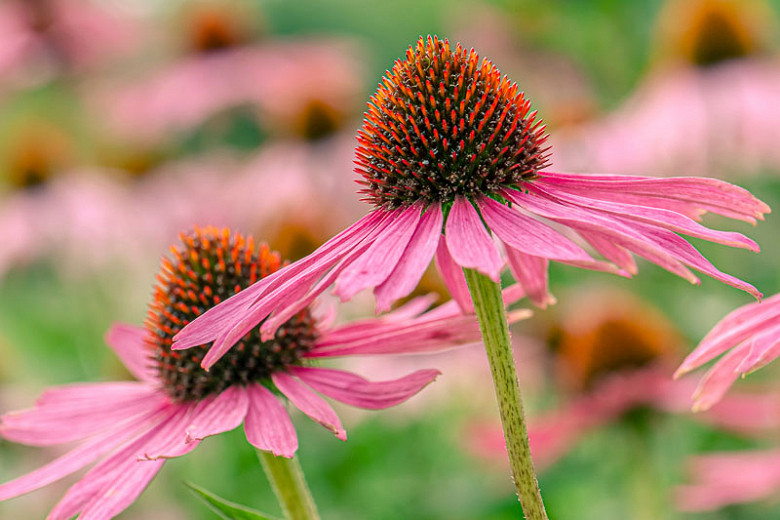
- Yarrow (Achillea millefolium): Yarrow is a low-growing, herbaceous perennial that is known for its white or yellow flowers. It is a native plant that is found in many parts of North America. Yarrow and bee balm bloom at different times, so they will provide pollinators with food throughout the season.

In addition to these plants, there are many other great companion plants for bee balm. Some other possibilities include:
- Aster (Aster spp.)
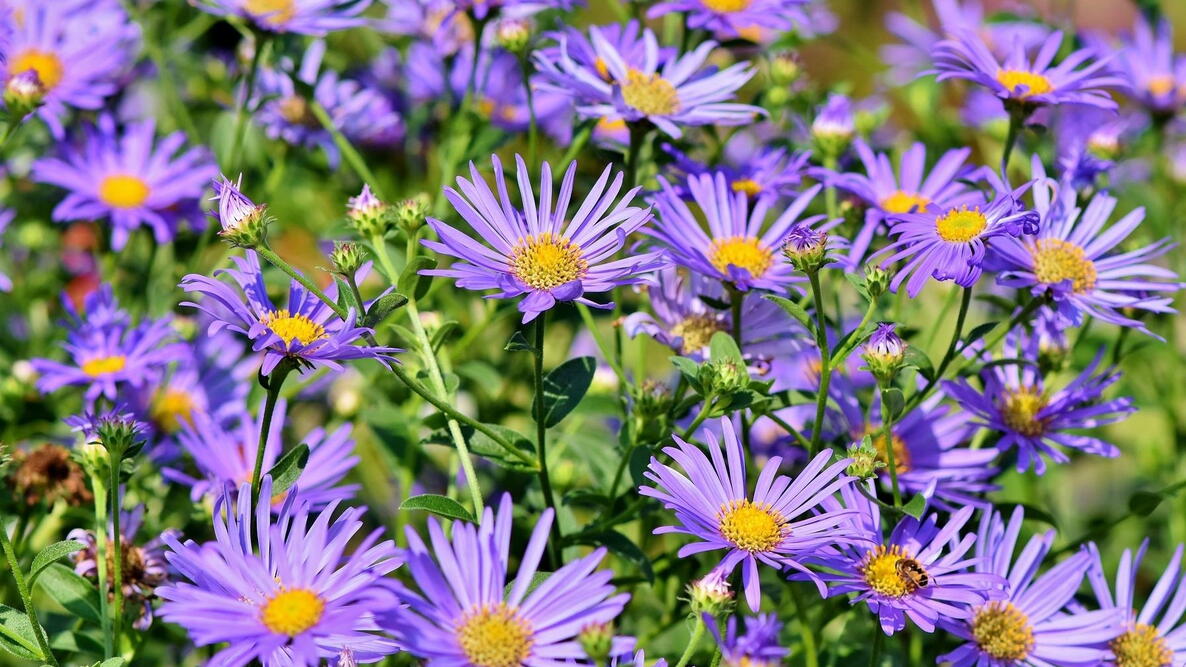
- Catmint (Nepeta spp.)
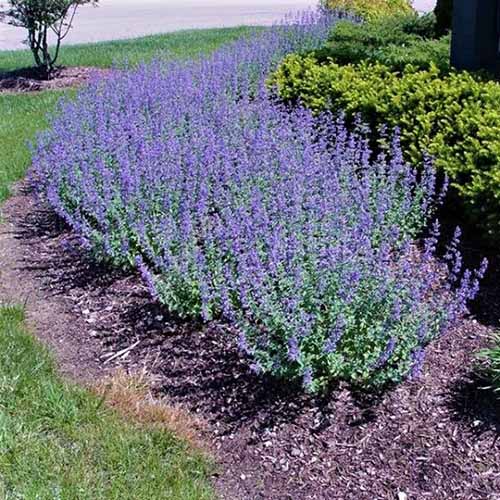
- Lavender (Lavandula spp.)

- Milkweed (Asclepias spp.)

- Sunflower (Helianthus annuus)
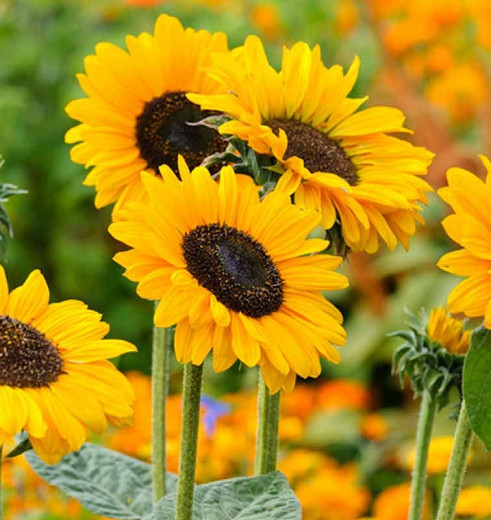
When choosing companion plants for bee balm, it is important to consider the plants' bloom times, height, and water needs. You want to choose plants that will bloom at different times of the year so that pollinators will have a continuous source of food. You also want to choose plants that are similar in height so that they will not compete for sunlight. Finally, you want to choose plants that have similar water needs so that you do not have to water them more or less often than bee balm.
By planting bee balm with the right companion plants, you can create a beautiful and inviting garden that will attract pollinators and other beneficial insects. Your garden will be a haven for wildlife and will help to support the health of your local ecosystem.
Bee balm is a beautiful and fragrant herb that is a welcome addition to any garden. It is also a great companion plant, meaning that it can be grown alongside other plants to benefit both of them. Some of the best bee balm companion plants include:
- Tomatoes: Bee balm can help to repel pests that can damage tomatoes, such as aphids and whiteflies.
- Peonies: Bee balm and peonies have similar growing conditions and can complement each other's colors.
- Echinacea: Echinacea and bee balm are both attractive to pollinators, such as bees and butterflies.
- Lilacs: Lilacs and bee balm can be planted together to create a fragrant and colorful display.
- Penstemon: Penstemon and bee balm have similar flower shapes and colors, making them a good match for a pollinator garden.
For more information about bee balm companion plants, please visit Gardenia Inspiration. This website provides a comprehensive list of plants that can be grown alongside bee balm, as well as information on the benefits of companion planting.
FAQ of bee balm companion plants
Q: What are some good companion plants for bee balm?
A: Bee balm is a great attractor of pollinators, so it's a good idea to plant it near other flowers that attract bees, butterflies, and other insects. Some good companion plants for bee balm include:
These plants all have similar growing conditions to bee balm, so they will thrive in the same type of soil and sunlight. They also attract the same types of pollinators, so planting them together will help to create a more diverse and vibrant garden.
Q: What are the benefits of planting companion plants with bee balm?
A: There are several benefits to planting companion plants with bee balm. First, companion plants can help to attract beneficial insects, such as pollinators, predators, and parasitoids. These insects can help to control pests and diseases in your garden, which can save you time and money on pest control products.
Second, companion plants can help to improve the soil quality in your garden. Some companion plants, such as legumes, can fix nitrogen in the soil, which can provide nutrients for other plants. Other companion plants, such as those that have deep roots, can help to break up compacted soil and improve drainage.
Finally, companion plants can simply add beauty and interest to your garden. By planting different types of plants together, you can create a more visually appealing and diverse garden.
Q: How far apart should I plant bee balm companion plants?
A: The amount of space you need to plant bee balm companion plants will vary depending on the size of the plants. In general, you should space bee balm plants about 18 to 24 inches apart. If you are planting larger companion plants, such as coneflowers or echinacea, you may need to space them even further apart.
Q: What are some common pests and diseases that can affect bee balm?
A: Bee balm is generally a fairly resistant plant, but it can be susceptible to a few pests and diseases. Some common pests that can affect bee balm include aphids, spider mites, and Japanese beetles. Some common diseases that can affect bee balm include powdery mildew and rust.
If you notice any pests or diseases on your bee balm plants, you can usually treat them with insecticidal soap, neem oil, or horticultural oil. For more serious problems, you may need to consult with a garden expert.
Image of bee balm companion plants
5 different images of bee balm companion plants from Pinterest:
- Bee balm and black-eyed Susans. These two plants are both native to North America and attract a variety of pollinators. The black-eyed Susans have bright yellow petals with a dark brown center, while the bee balm has tubular flowers that come in a variety of colors, including red, pink, and purple.
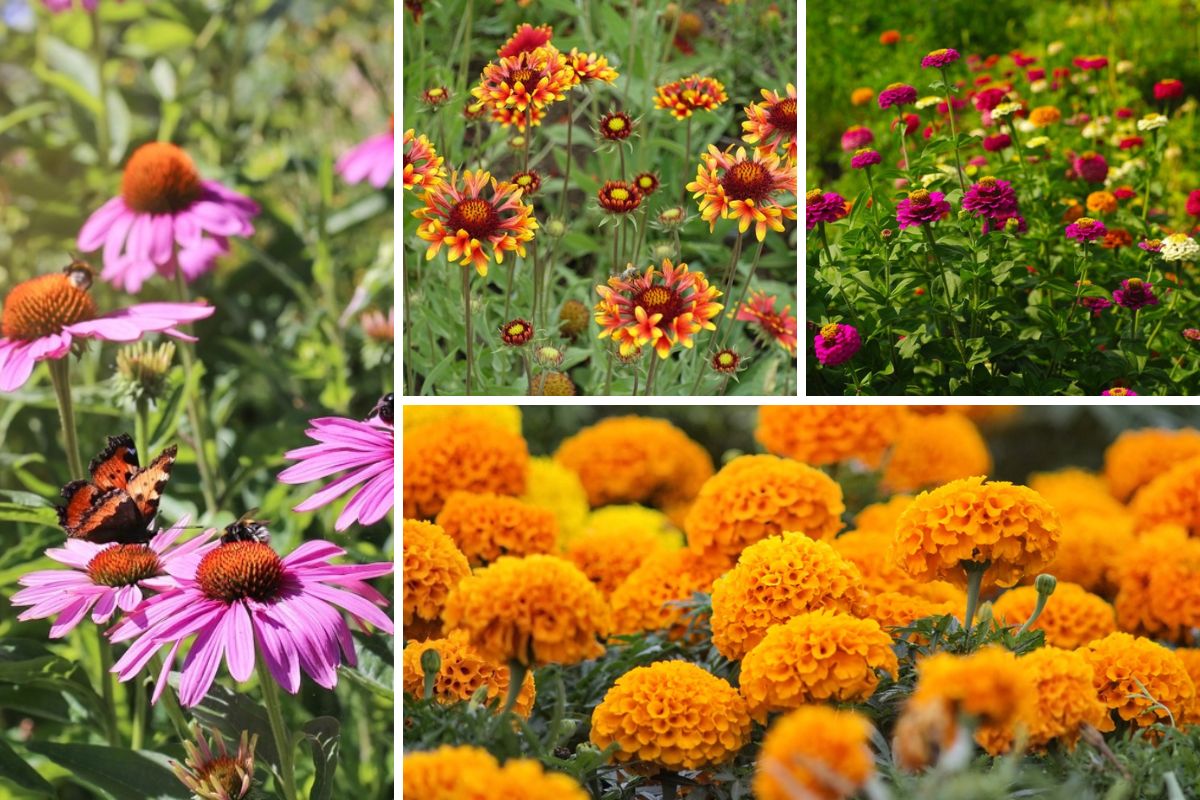
- Bee balm and echinacea. Echinacea is another native North American plant that is known for its medicinal properties. It has daisy-like flowers that come in a variety of colors, including white, pink, and purple. Both bee balm and echinacea attract pollinators, and they can also help to deter pests.
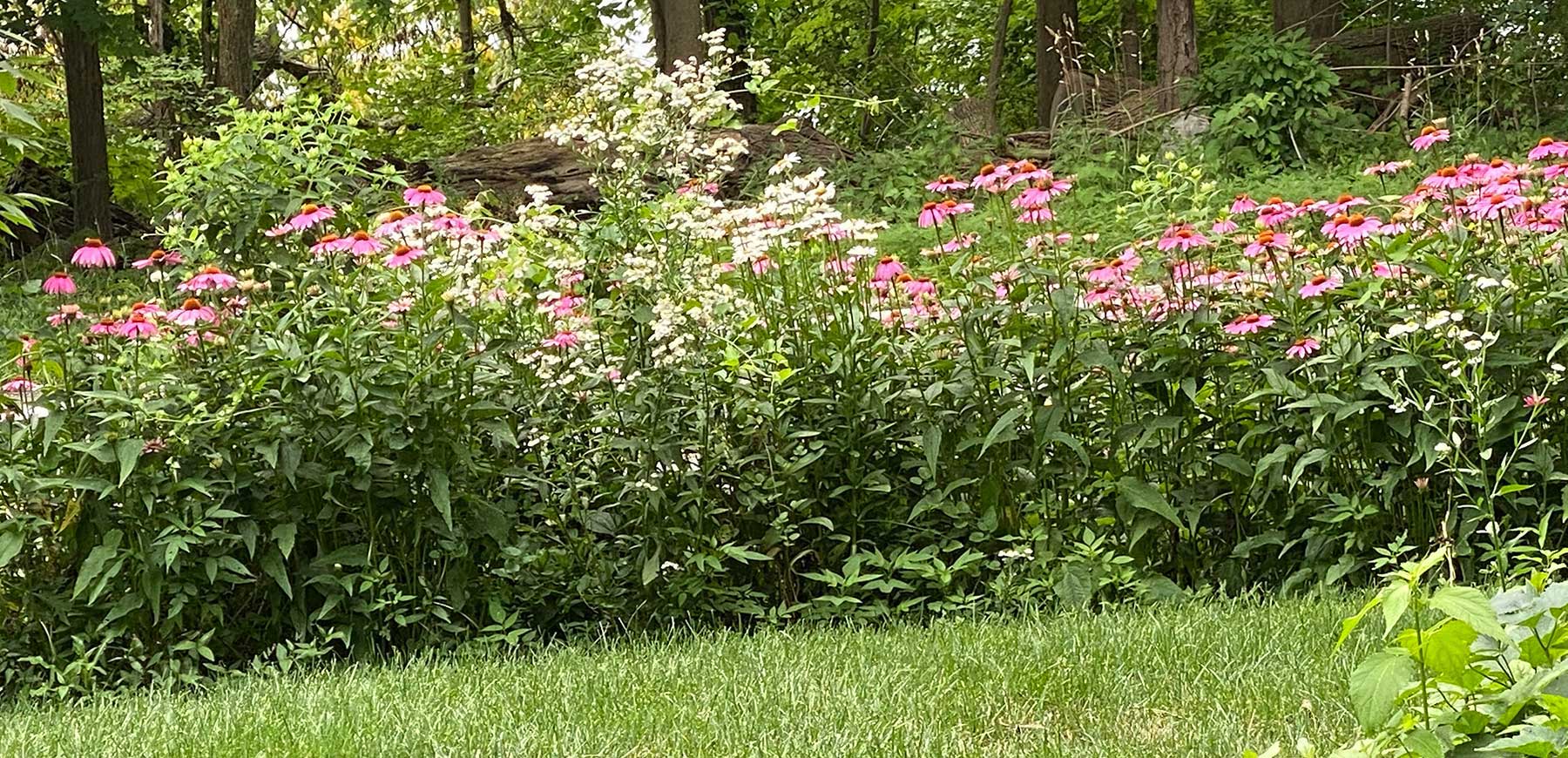
- Bee balm and lilac. Lilac is a popular flowering shrub that is known for its sweet fragrance. It blooms in the spring and produces clusters of purple, white, or pink flowers. Bee balm blooms in the summer and produces tubular flowers that come in a variety of colors. Both plants attract pollinators, and they can also help to improve the soil quality in your garden.

- Bee balm and garden phlox. Garden phlox is a herbaceous perennial that produces clusters of brightly colored flowers in the summer. It is a popular choice for pollinator gardens, and it can also help to attract hummingbirds. Bee balm blooms at the same time as garden phlox, and the two plants can be used to create a colorful and visually appealing garden.
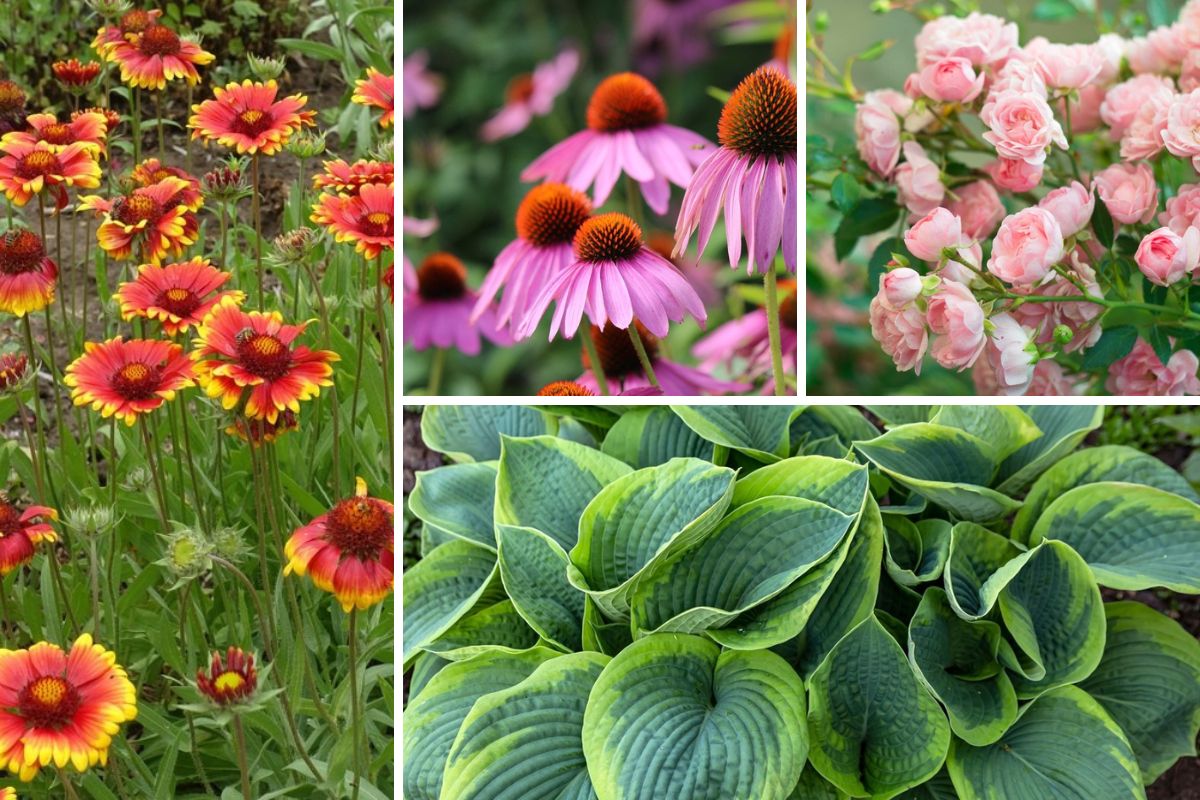
- Bee balm and coral bells. Coral bells is a perennial plant that produces bell-shaped flowers in the summer. It is a popular choice for shady gardens, and it can also help to attract butterflies. Bee balm blooms at the same time as coral bells, and the two plants can be used to create a colorful and visually appealing garden.

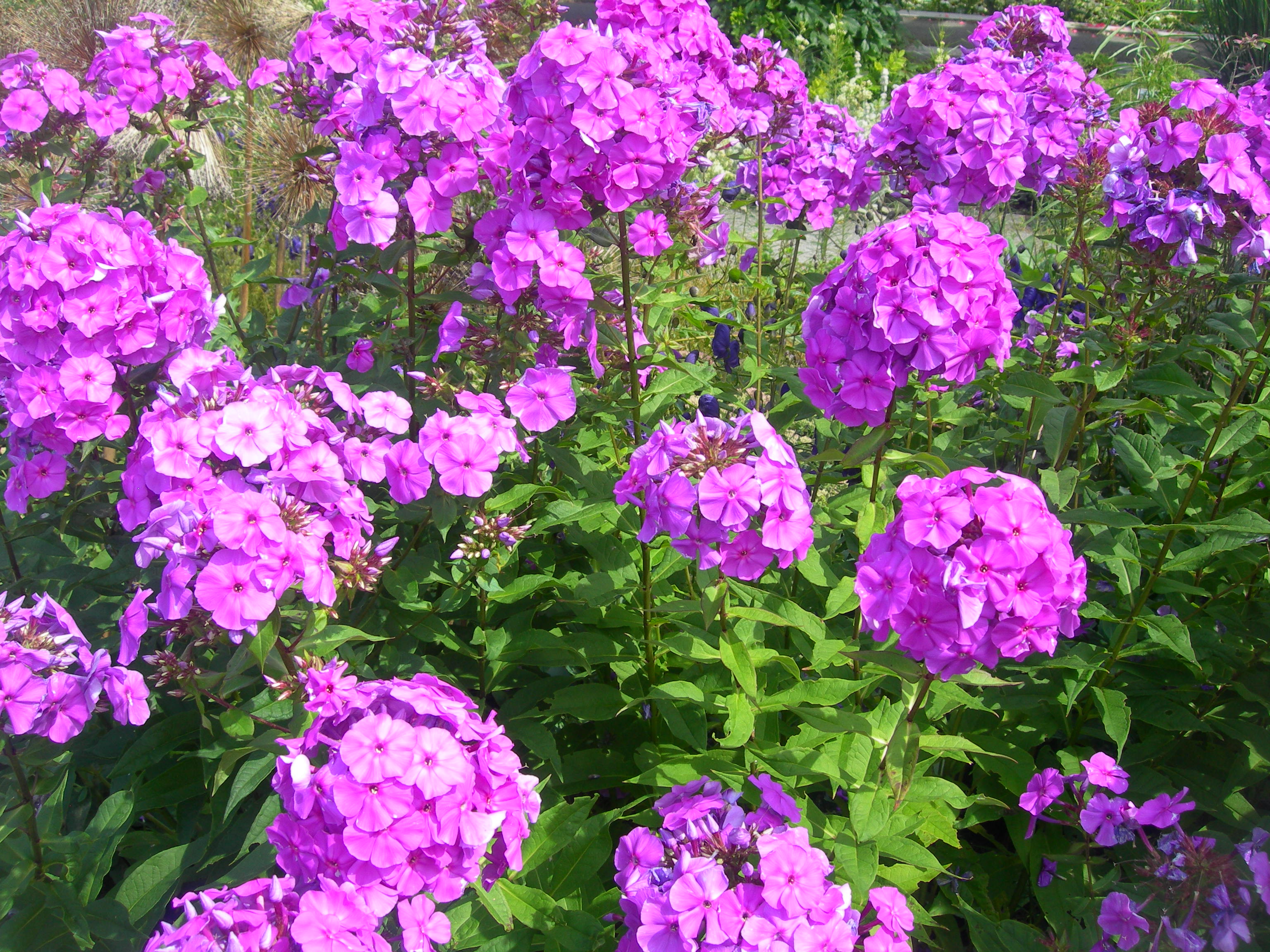
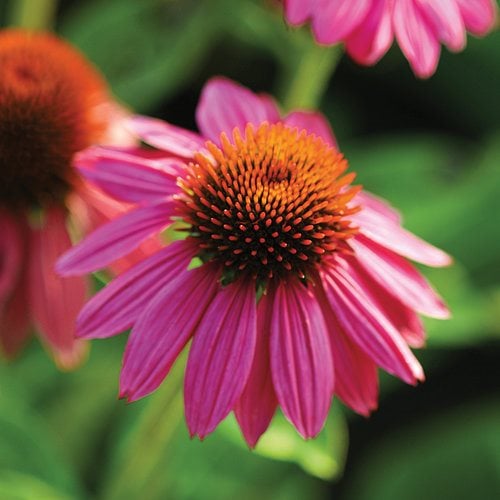

Post a Comment for " Bee Balm Companion Plants That Will Attract Beesbutterfliesand Hummingbirds"